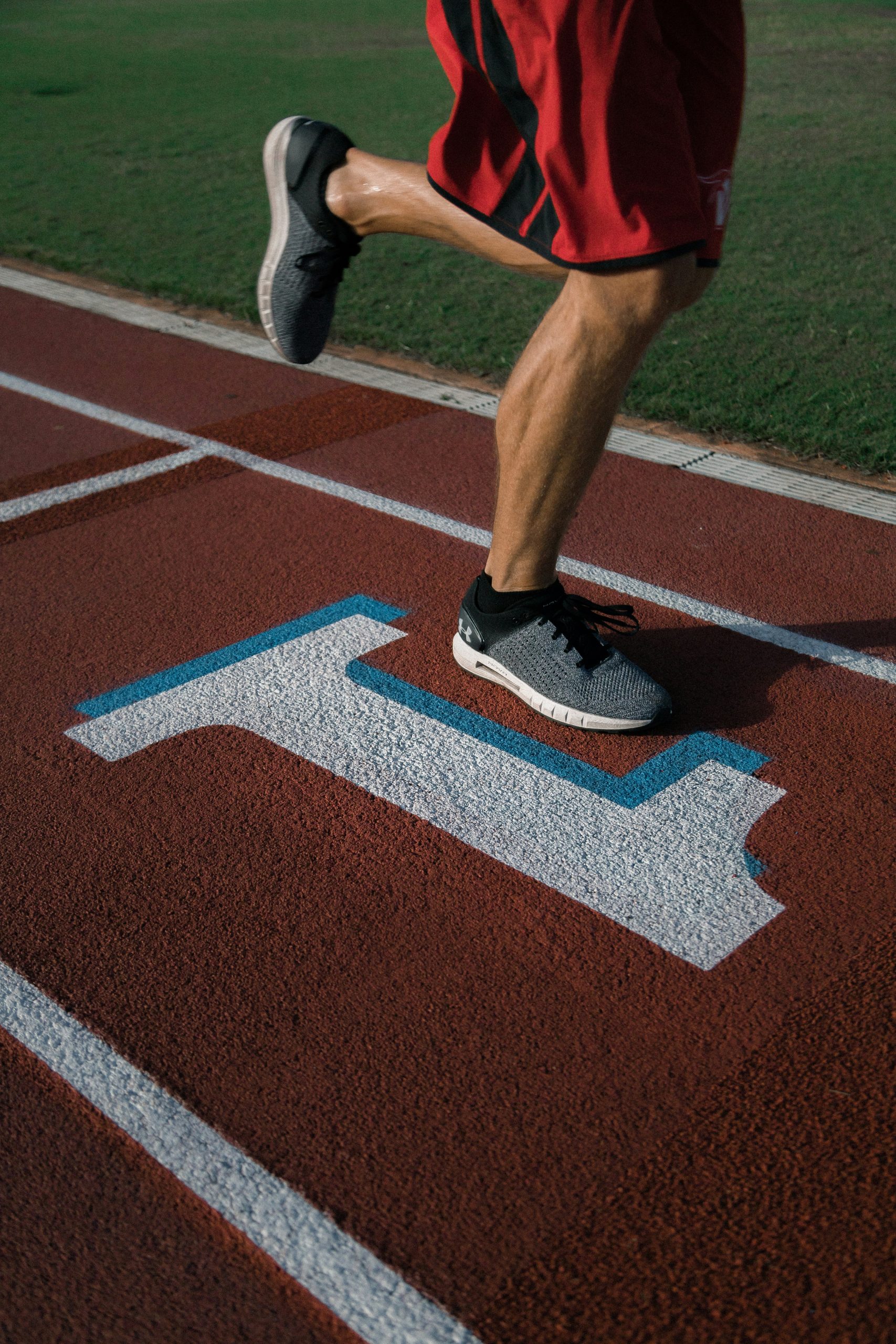
Technological Disruptions in Athletic Training
Introduction
Athletic training has evolved significantly with advancements in technology, revolutionizing the way athletes prepare, perform, and recover. From wearable devices to virtual reality simulations, these technological disruptions have not only enhanced training methodologies but also provided valuable insights into athlete performance and health.
Wearable Technology
One of the most impactful innovations in athletic training is wearable technology. Devices like fitness trackers, smart clothing, and biometric sensors enable coaches and trainers to monitor various physiological metrics in real-time. This data includes heart rate variability, oxygen saturation, and even muscle activity patterns.
- Example: The use of GPS-enabled wearables allows coaches to track athletes’ movements during practice or games, analyzing speed, distance covered, and acceleration.
- Case Study: The Australian Institute of Sport utilizes Catapult Sports’ GPS tracking technology to optimize athlete performance in sports like rugby and soccer.
Virtual Reality and Simulation
Virtual reality (VR) has transformed how athletes train mentally and physically. VR simulations can replicate game scenarios, allowing athletes to practice decision-making under pressure or recover from injuries through immersive rehabilitation programs.
- Example: NFL teams use VR to simulate game-day situations for quarterbacks, helping them make split-second decisions in a controlled environment.
- Case Study: Stanford University’s football team has integrated STRIVR’s VR technology to enhance training sessions and improve on-field performance.
Biomechanical Analysis
Advances in biomechanical analysis have provided deeper insights into how athletes move and perform specific skills. Motion capture technology, combined with advanced analytics software, allows coaches to analyze technique, detect inefficiencies, and reduce the risk of injuries.
- Example: 3D motion capture systems, such as those developed by Vicon, help track joint angles and movement patterns to refine athletic technique in sports like swimming and track and field.
- Case Study: The United States Olympic Committee uses biomechanical analysis to optimize sprinters’ strides and divers’ positions during dives, leading to improved performance and injury prevention.
Recovery and Rehabilitation
Technology has also revolutionized athlete recovery and rehabilitation processes. Advanced recovery tools like cryotherapy chambers, compression therapy devices, and electromagnetic pulse therapy help athletes recover faster from intense training sessions and injuries.
- Example: NormaTec’s compression therapy systems are widely used in professional sports to enhance circulation and expedite muscle recovery.
- Case Study: The NBA’s Golden State Warriors utilize cryotherapy chambers to accelerate recovery between games, enabling players to maintain peak performance throughout the season.
Data Analytics and Predictive Modeling
Big data analytics and predictive modeling have become indispensable tools in athletic training. By analyzing large datasets collected from wearable devices and other sources, teams can predict injury risks, optimize training loads, and personalize coaching strategies.
- Example: IBM’s Watson AI platform helps tennis players analyze opponent strategies and optimize their own game plans based on historical match data.
- Case Study: English Premier League clubs use STATSports’ Apex Athlete Series to monitor player performance metrics and adjust training regimens to minimize injury risks and maximize game-day readiness.
Conclusion
Technological disruptions in athletic training have ushered in a new era of performance optimization and injury prevention. From wearable devices that monitor physiological metrics to virtual reality simulations that enhance cognitive skills, these innovations continue to redefine how athletes prepare and compete at the highest levels. As technology continues to evolve, the future of athletic training promises even greater advancements, further blurring the line between sports science and cutting-edge innovation.



